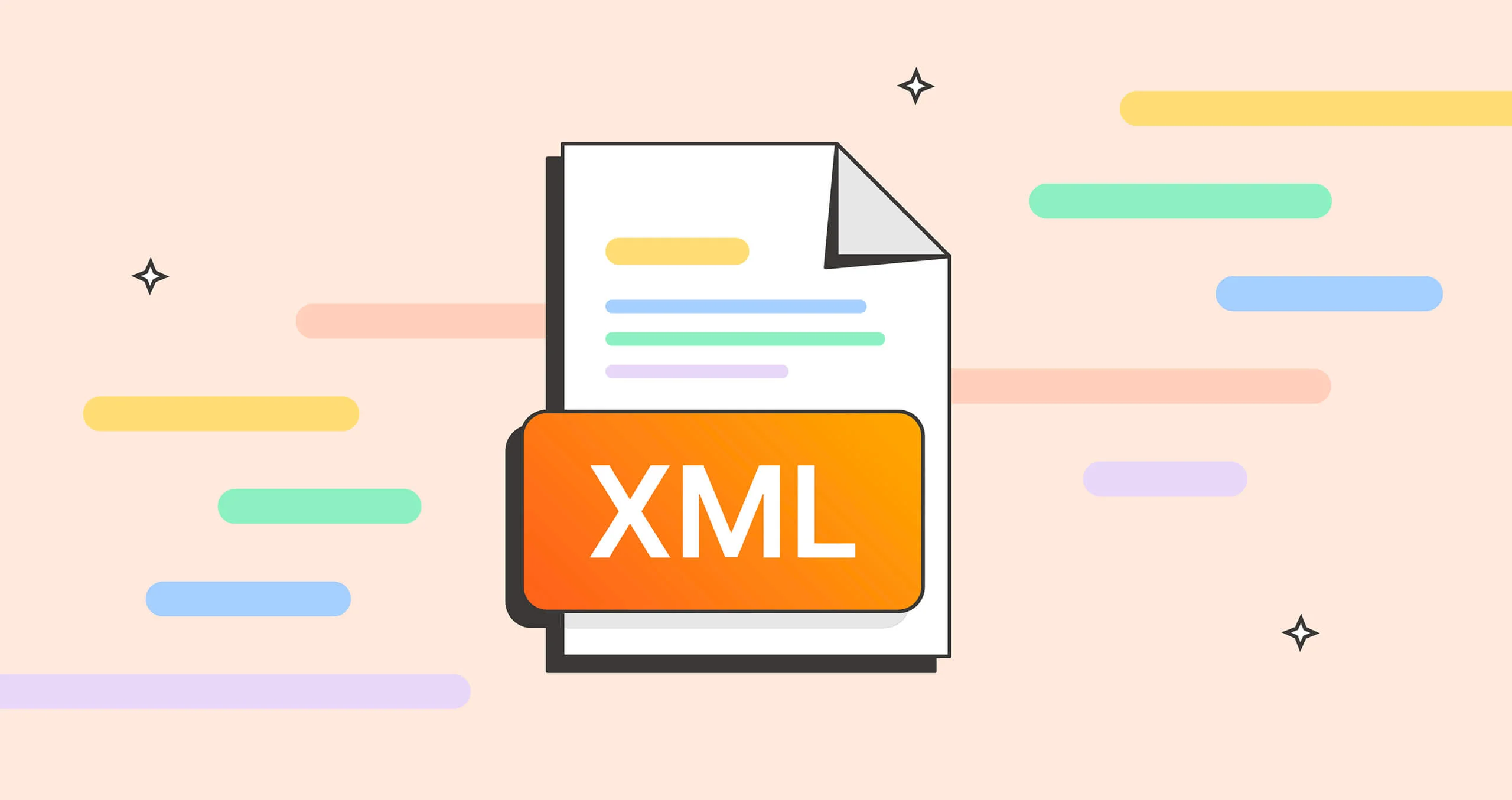Master axes operations other than / and //, such as parent::, following-sibling:: and preceding::, and preceding::, and can be used to match multiple tags with //node()[self::section or self::chapter]; 2. Use predicates to perform complex filtering, such as position, multi-condition combination and function judgment, for example //log[substring(@timestamp,1,10)='2024-05-20'] filter by date; 3. To correctly handle the namespace, you need to register prefix and URI mapping in the parser, such as //ns:item needs to configure ns→http://example.com/ns; 4. Optimize paths to avoid performance problems, give priority to using specific paths rather than //, and execute relative queries on existing nodes to improve efficiency.

When dealing with complex XML documents—like those used in enterprise applications, scientific data formats, or configuration files—knowing how to efficiently navigate and extract data is essential. That's where XPath shines. It's not just a query language; it's your precision tool for drilling into nested structures, filtering content, and selecting exactly what you need—even when the document feels overwhelming.

Here's how to master XPath for real-world complexity:
1. Understand Axes Beyond / and //
Most beginners stick to basic forward slashes ( /book/title ) or deep scans ( //author ), but mastering axes unlocks deeper control:

-
parent::– Go up one level://chapter/parent::*finds the parent of any chapter. -
following-sibling::– Useful in ordered lists://item[@id='current']/following-sibling::item[1] -
preceding::– Find earlier nodes regardless of hierarchy://error[preceding::config[@mode='debug']]
? Pro tip: Use //node()[self::section or self::chapter] to match multiple tag types in one go—great for mixed-content structures.
2. Leverage Predicates Like a Filter Pro
Predicates ( [...] ) aren't just for matching attributes—they can contain full XPath expressions:
- Match position:
//para[position() grabs first two paragraphs. - Combine conditions:
//user[@active='true' and @role='admin'] - Use functions inside:
//entry[string-length(text()) > 100]finds long entries.
? Real-world use: In a log file with timestamps, try
//log[substring(@timestamp, 1, 10) = '2024-05-20']
to filter by date—no regex needed!
3. Handle Namespaces Gracefully
If your XML uses namespaces (common in SOAP, RSS, or industry standards), ignore them at your peril:
<root xmlns:ns="http://example.com/ns"> <ns:item>Value</ns:item> </root>
? Correct XPath: //ns:item
?? Only works if your parser is configured to recognize the prefix ns → URI mapping.
?? In tools like Python's lxml or Java's XPathFactory , you must explicitly register namespace mappings—don't assume //*:item will work universally.
4. Use Path Optimization to Avoid Performance Traps
In large documents, // can be slow—it scans the entire tree. Instead:
- Prefer specific paths:
/report/data/recordover//record - Limit scope: If you already have a node, run relative XPath from there (eg,
node.xpath(".//error")in lxml)
? Think like a database index: the more precise your path, the faster the result.
Final Tip: Test Incrementally
Start broad ( //node()[name()='target'] ), then narrow using predictes and axes. Tools like XPath Tester or browser DevTools (for HTML-as-XML) let you tweak live.
Mastering XPath isn't about memorizing syntax—it's about understanding how to think hierarchically and filter smartly . Once you do, even the most tangled XML starts to feel navigable.
Basically, that's it—no magic, just practice and pattern recognition.
The above is the detailed content of Mastering XPath for Complex XML Document Navigation. For more information, please follow other related articles on the PHP Chinese website!

Hot AI Tools

Undress AI Tool
Undress images for free

Undresser.AI Undress
AI-powered app for creating realistic nude photos

AI Clothes Remover
Online AI tool for removing clothes from photos.

Clothoff.io
AI clothes remover

Video Face Swap
Swap faces in any video effortlessly with our completely free AI face swap tool!

Hot Article

Hot Tools

Notepad++7.3.1
Easy-to-use and free code editor

SublimeText3 Chinese version
Chinese version, very easy to use

Zend Studio 13.0.1
Powerful PHP integrated development environment

Dreamweaver CS6
Visual web development tools

SublimeText3 Mac version
God-level code editing software (SublimeText3)
 Can I open an XML file using PowerPoint?
Feb 19, 2024 pm 09:06 PM
Can I open an XML file using PowerPoint?
Feb 19, 2024 pm 09:06 PM
Can XML files be opened with PPT? XML, Extensible Markup Language (Extensible Markup Language), is a universal markup language that is widely used in data exchange and data storage. Compared with HTML, XML is more flexible and can define its own tags and data structures, making the storage and exchange of data more convenient and unified. PPT, or PowerPoint, is a software developed by Microsoft for creating presentations. It provides a comprehensive way of
 Convert XML data to CSV format in Python
Aug 11, 2023 pm 07:41 PM
Convert XML data to CSV format in Python
Aug 11, 2023 pm 07:41 PM
Convert XML data in Python to CSV format XML (ExtensibleMarkupLanguage) is an extensible markup language commonly used for data storage and transmission. CSV (CommaSeparatedValues) is a comma-delimited text file format commonly used for data import and export. When processing data, sometimes it is necessary to convert XML data to CSV format for easy analysis and processing. Python is a powerful
 How do you parse and process HTML/XML in PHP?
Feb 07, 2025 am 11:57 AM
How do you parse and process HTML/XML in PHP?
Feb 07, 2025 am 11:57 AM
This tutorial demonstrates how to efficiently process XML documents using PHP. XML (eXtensible Markup Language) is a versatile text-based markup language designed for both human readability and machine parsing. It's commonly used for data storage an
 How to handle XML and JSON data formats in C# development
Oct 09, 2023 pm 06:15 PM
How to handle XML and JSON data formats in C# development
Oct 09, 2023 pm 06:15 PM
How to handle XML and JSON data formats in C# development requires specific code examples. In modern software development, XML and JSON are two widely used data formats. XML (Extensible Markup Language) is a markup language used to store and transmit data, while JSON (JavaScript Object Notation) is a lightweight data exchange format. In C# development, we often need to process and operate XML and JSON data. This article will focus on how to use C# to process these two data formats, and attach
 How to use PHP functions to process XML data?
May 05, 2024 am 09:15 AM
How to use PHP functions to process XML data?
May 05, 2024 am 09:15 AM
Use PHPXML functions to process XML data: Parse XML data: simplexml_load_file() and simplexml_load_string() load XML files or strings. Access XML data: Use the properties and methods of the SimpleXML object to obtain element names, attribute values, and subelements. Modify XML data: add new elements and attributes using the addChild() and addAttribute() methods. Serialized XML data: The asXML() method converts a SimpleXML object into an XML string. Practical example: parse product feed XML, extract product information, transform and store it into a database.
 Using Python to implement data verification in XML
Aug 10, 2023 pm 01:37 PM
Using Python to implement data verification in XML
Aug 10, 2023 pm 01:37 PM
Using Python to implement data validation in XML Introduction: In real life, we often deal with a variety of data, among which XML (Extensible Markup Language) is a commonly used data format. XML has good readability and scalability, and is widely used in various fields, such as data exchange, configuration files, etc. When processing XML data, we often need to verify the data to ensure the integrity and correctness of the data. This article will introduce how to use Python to implement data verification in XML and give the corresponding
 Convert POJO to XML using Jackson library in Java?
Sep 18, 2023 pm 02:21 PM
Convert POJO to XML using Jackson library in Java?
Sep 18, 2023 pm 02:21 PM
Jackson is a Java-based library that is useful for converting Java objects to JSON and JSON to Java objects. JacksonAPI is faster than other APIs, requires less memory area, and is suitable for large objects. We use the writeValueAsString() method of the XmlMapper class to convert the POJO to XML format, and the corresponding POJO instance needs to be passed as a parameter to this method. Syntax publicStringwriteValueAsString(Objectvalue)throwsJsonProcessingExceptionExampleimp
 PHP and XML: How to parse SOAP messages
Aug 09, 2023 pm 02:42 PM
PHP and XML: How to parse SOAP messages
Aug 09, 2023 pm 02:42 PM
PHP and XML: How to parse SOAP messages Overview: SOAP (Simple Object Access Protocol) is a protocol for transmitting XML messages over the network and is widely used in web services and distributed applications. In PHP, we can use the built-in SOAP extension to process and parse SOAP messages. This article will introduce how to use PHP to parse SOAP messages and provide some code examples. Step 1: Install and enable the SOAP extension First, we need






